Where Do We Nest? Lessons From My Internship at the Behalt
“Hold onto my hand,” Aunt Carita said to five-year-old Charlotte, “Let’s be careful not to step on the killdeer nest!”
It was a sunny Sunday evening right after Mother’s Day supper. Emma and her cousins had their skates ready to play on Grandma Keim’s front driveway, but they first wanted Aunt Carita to show them the killdeer nests.
I hurried behind Aunt Carita, keeping an eye out for the little round eggs nestled amidst the gravel. Emma was disappointed; we walked up and down and couldn’t find any.
“Maybe the killdeer decided to nest in the trees this year instead,” I suggested.
“Unlikely,” laughed Aunt Carita, “Why would they change their tradition after all this time?”
The killdeer nest on the ground because their parents did before them and their grandparents did, all the way back to Creation. Therefore, the killdeer nest on the ground because God made them to nest on the ground.
Creation teaches us an important lesson. God’s creation reflects His glory, beauty, and goodness. Yet, out of all the creatures in the world, mankind is the one part of God’s creation that departed from the intention of our Creator. The fall of mankind represents a departure from God’s design, and thus from His authority. The problem, it seems, continued when mankind consistently created new traditions and passed down evil ways to their children from generation to generation. The killdeer may always nest on the ground, but mankind does many things that depart from the nature and goodness of God. How can we even begin to separate the wheat from the chaff, the good from the evil?
In a recent Sunday School message at Wills Ridge Mennonite Church, the teacher led us through John 8 and noted that fallen humanity is full of deception, violence, and the desire for dominion. This is why Jesus said to the crowd, “You are of your father the devil”. John 10 then came to my mind: the Good Shepherd lays down His life for the sheep, but the thief comes to steal, kill, and destroy. Clearly, the Good Shepherd’s way is that of peace – peace that provides a stark contrast against the thief’s selfishness, cruelty, and violence. 1 John 2 describes how lust and pride are completely incompatible with the Father’s way of love. 1 Timothy 2:12 describes how mankind is held captive by Satan to do his will. This indicates a clear separation of the two kingdoms: to be fathered by God is to love like Him, while to be fathered by the usurper and deceiver is to do great evil to satisfy sinful lusts. Of course, Satan’s way is also deceptive. It pretends to be loving and masquerades as the best way and the only way.
Here at the Behalt Amish Mennonite Heritage Center where I am working for part of the summer, one of the office doors has a sign that reads, “Leaders are the ones that have the courage to go first to put themselves at personal risk, opening a path for others to follow.” I noticed that this was a way of thinking that Anabaptists held about leadership. After all, the suffering church has always been led by the example of those who were willing to sacrifice their lives to demonstrate love. In fact, they surprised the rest of the Roman Empire with their love even for children who were abandoned and unwanted. They would go so far as to bury abandoned children who had passed away before they could be found. This was shocking and unusual in a society that valued violent military strength, a society careless about life and scornful of the so-called weak. It may be accurate to say, “Jesus showed us a different way.” Yet, in reality it is the way of evil that departed from God’s goodness and beauty.
Sitting through tours of Anabaptist history illustrated on the Behalt painting, I noticed that early Anabaptist leaders who passed away even a year after their baptism still left an incredible legacy and greatly impacted the growing movement – one that they did not have the privilege to stay and shepherd here on the earth. We do not have Dirk Willem’s sermons, but we do have his example that shows us how we can embody Christ’s love in our own time. Overall, the lesson seems to be that authority according to God, our Creator, has the most power when it is modelled after the image, goodness, and nature of God. This return to the way of love rather than to the way of the sword and strife is passed from one disciple to another disciple. God has determined that it will spread all over the earth, while mankind continues to think that conquest is the most desirable way to influence the world.
Before coming to the Behalt, I finished my last term of college classes writing a paper on the subject of the Magisterial Reformation, violence, and the state. I learned that despite an emphasis on God’s grace for salvation, many magisterial reformers believed that it would be impossible to be at peace with one another without the use of the state. For example, Martin Luther believed that Christians would continue to behave in “sinful” and “evil” ways without the restraints offered by civil authority. Calvin promoted rule of “res publica christiana” (a “Christian state”) over every aspect of life for both Christians and non-Christians, including faith, doctrine and “public morals” (Gorski, 2000, p.20). Such magistrates took on “spiritual guardianship” using torture, imprisonment, and worse. They persecuted Christians who rejected the sword.
At the Peace of Augsburg, rulers of each domain were given the power to decide on the faith and religion of every subject in their principality. They continued to practice baptism by citizenship and birth rather than baptism by confession of faith. The Calvinist view is that the magistracy forms “external aid (adminiculum) by which God invites us into the society of Christ and holds us therein” (Britz, 2008, pp.14-15). Luther proposed that the civil government functions as a means by which Christians “become holy” (Luther, 2012, p.29). What, then, does salvation mean when holiness and Christlikeness are supposedly upheld by the sword? Is it truly salvation by Christ alone and by God’s grace alone? Scripture is clear that the law cannot produce righteousness, and our righteousness is to exceed that of those who follow the letter of the law.
The Behalt invites us to ponder if such “external aid” by means of force hinders rather than helps. After all, sincere disciples have withstood trials, torture, imprisonment, and fire while demonstrating the fruit of the spirit. They continue to lead us today by their example. One Behalt guide noted that if Dirk Willems had chosen to save his own life, he would not have impacted as many Christians as he has and continues to impact. On the other hand, a Christian moved about by every wind of influence and dependent on a favorable political environment to prod him or her towards so-called holiness offers little edification.
Ultimately, the Behalt exhibition shows how many faithful believers rejected the sword and positions of earthly rule. They were convinced from the Scriptures that these were not part of God’s design, whether in the Garden of Eden or in the establishment of Christ’s church. While early Anabaptists believed in the God-ordained role of civil government, they were clear from the time of the Schleitheim Confession that we, the church, have a separate way of loving our enemies and overcoming evil with good. If we choose to depart from God’s ways, we become like killdeer birds suddenly deciding to nest in the trees. It seems, then, that we have two traditions to choose from: the true, original design God created, or the pervasive, normalized evil that seems right and pretends to be godly, but ultimately steals, kills, and destroys. As the persecution of the Waldensian Christians illustrated on the Behalt shows, it is all the more tragic when such evil is done in Jesus’s name and bears evil fruit.
The killdeer and every animal on earth reflect God’s glory by creating life. They then nurse and nurture their young, encouraging their formation and maturity. They model healthy behavior – behavior that baby birds naturally grow into according to their created nature. The killdeer continue to live, thrive, and squawk loudly in Aunt Carita’s backyard. The lesson of the killdeer is not unlike that of the Behalt. Behalt, in German, means to keep, to hold, and to remember.
One question that church history might inspire you to ask is, “What kind of faith and community birthed and nurtured faithful Christians?”1 Another question we might ponder is the role remembrance continues to play in nurturing faithfulness to the way of Christ.
__________________________________
References
1 I would thoroughly recommend every Christian pay a visit and learn about the history of the suffering church from the time of Christ until today. If you decide to visit, let us know what the Behalt inspires you to keep, to hold, and to remember as you fight the good fight of faith. Return to context⬏
__________________________________
Resources
Britz, R.M. (2008). Calvin’s views on political structures. Dutch Reformed Theological Journal, 49 (3-4), pp.8-24.
Gorski, P.S. (2001). The disciplinary revolution: Calvinism and the rise of the state in early modern Europe. Chicago, IL: University of Chicago Press.
Luther, M. (2012). Martin Luther’s basic theological writings. 3rd ed. Translated by W. R. Russell and edited by T. F. Lull. Fortress Press.


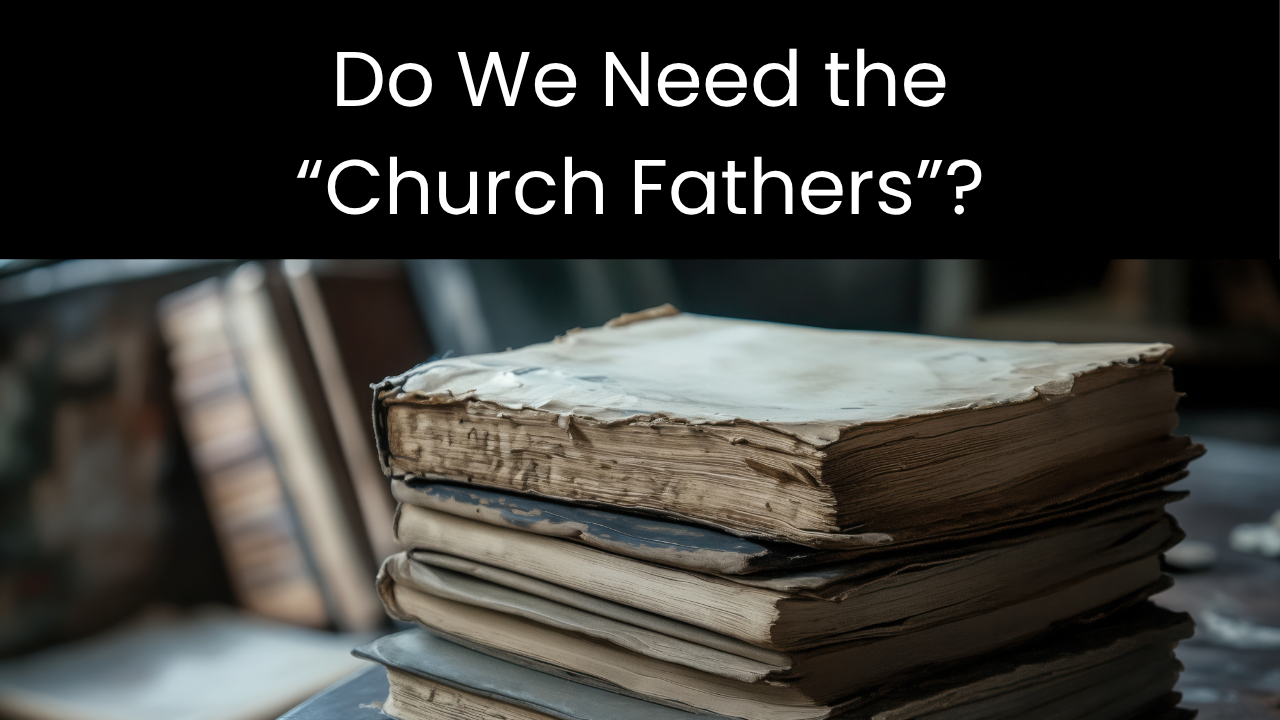
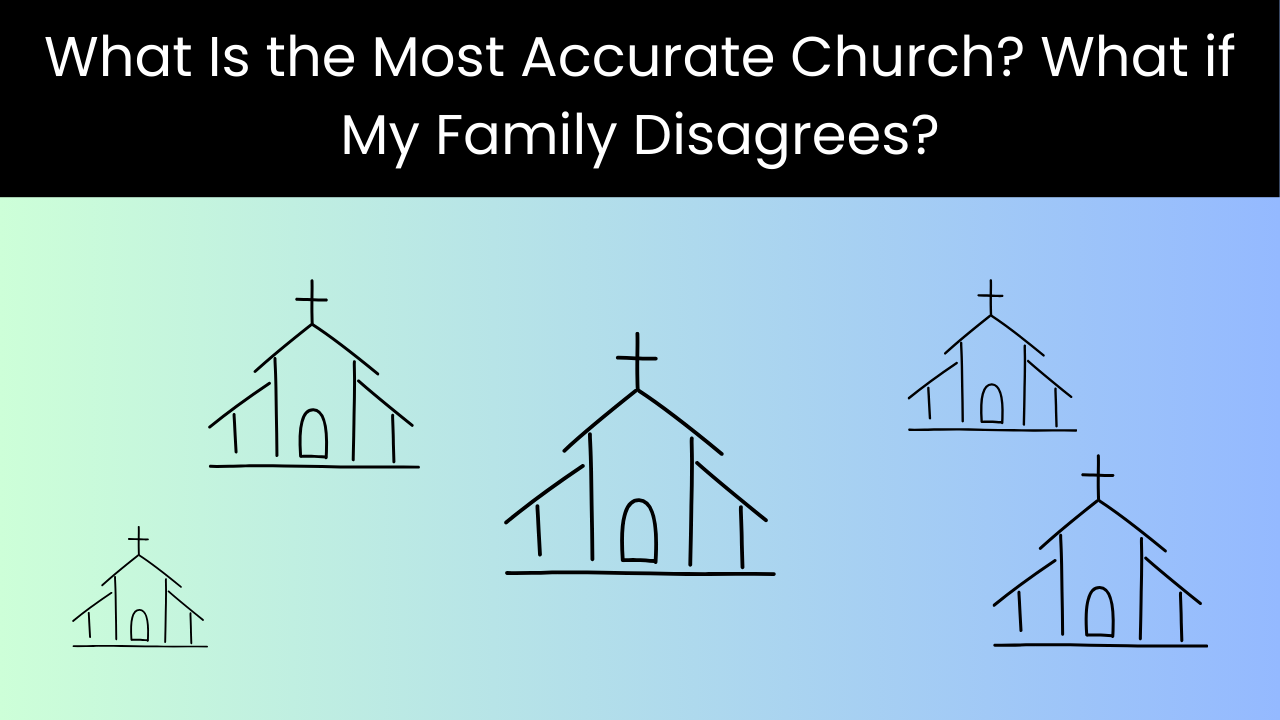

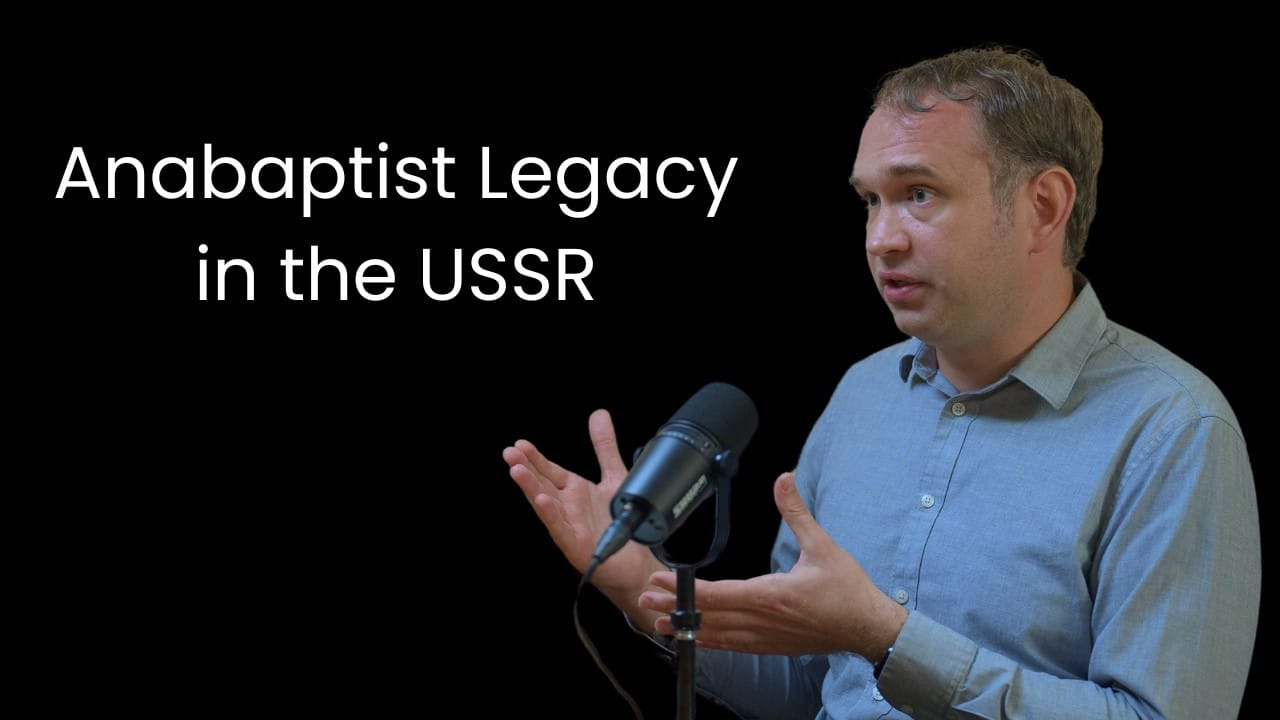
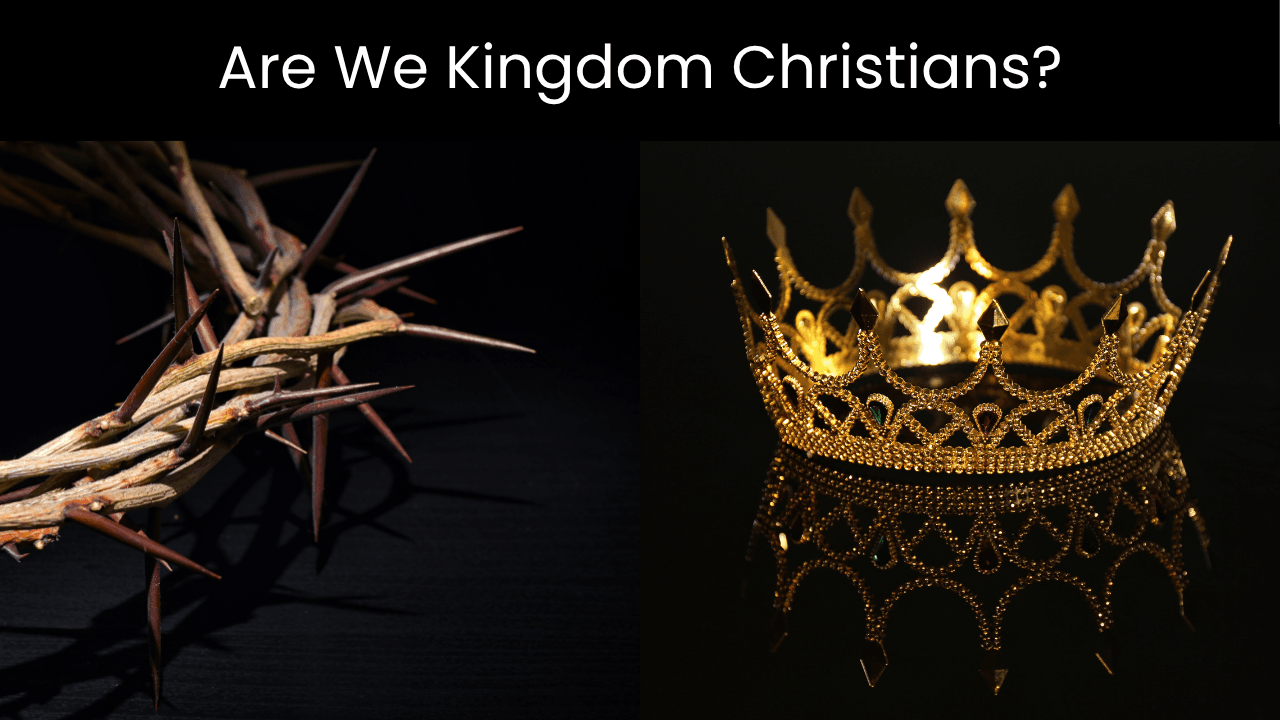
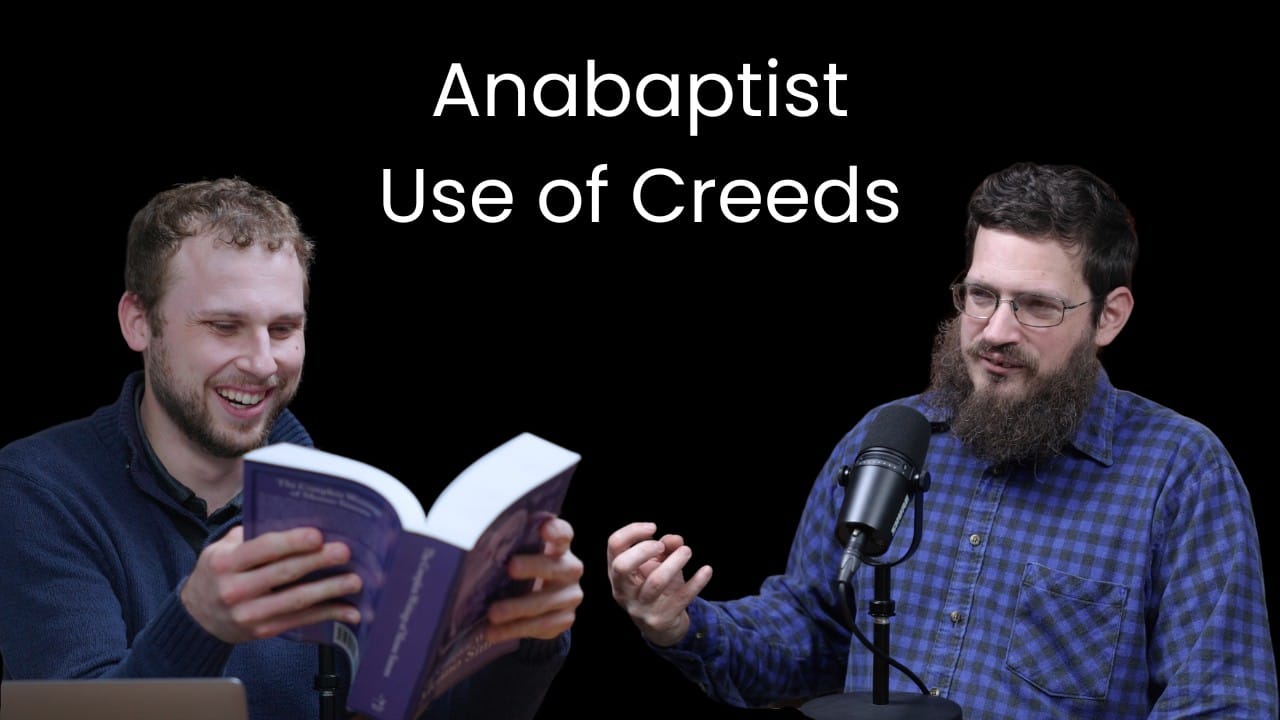
Leave a Reply